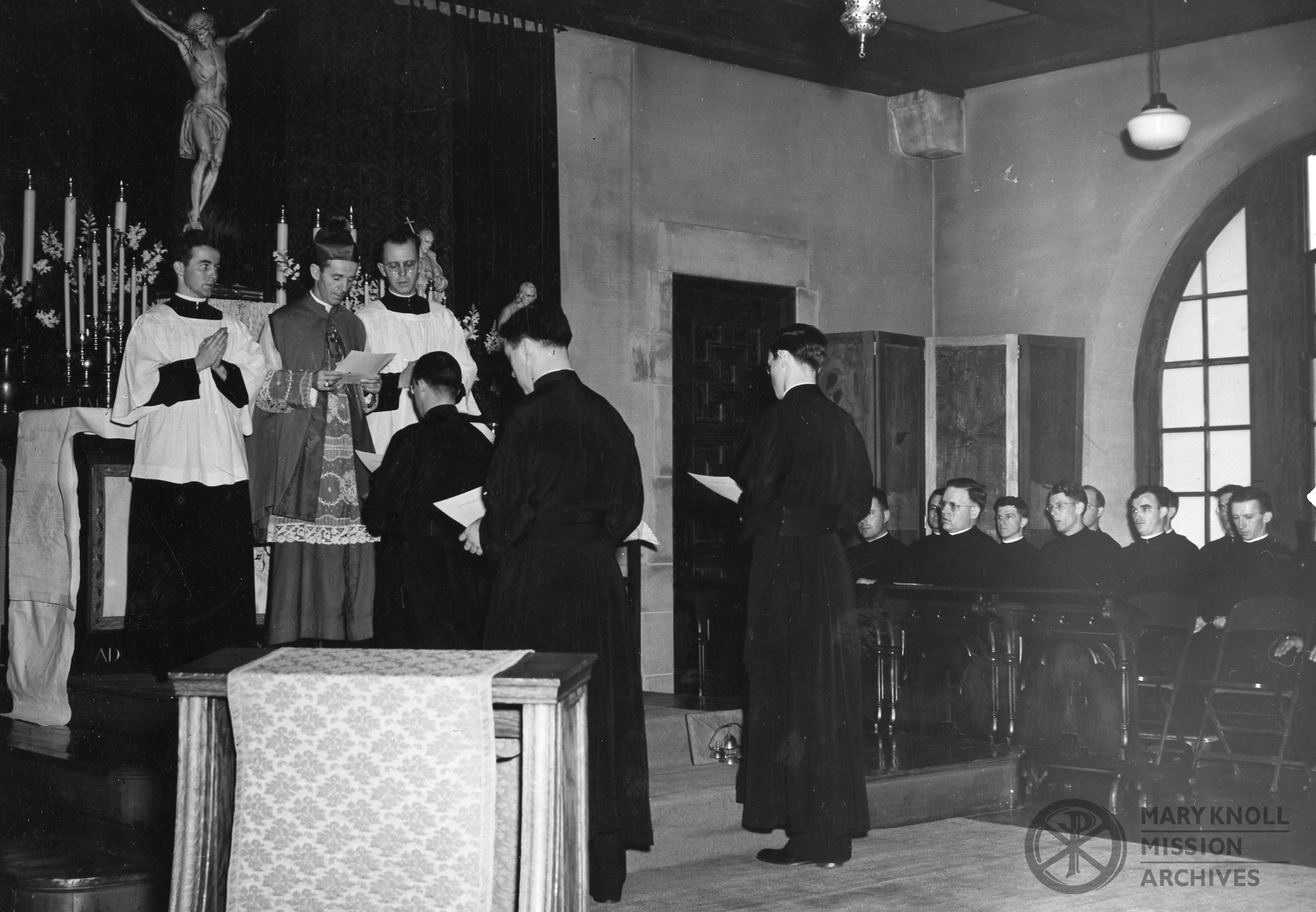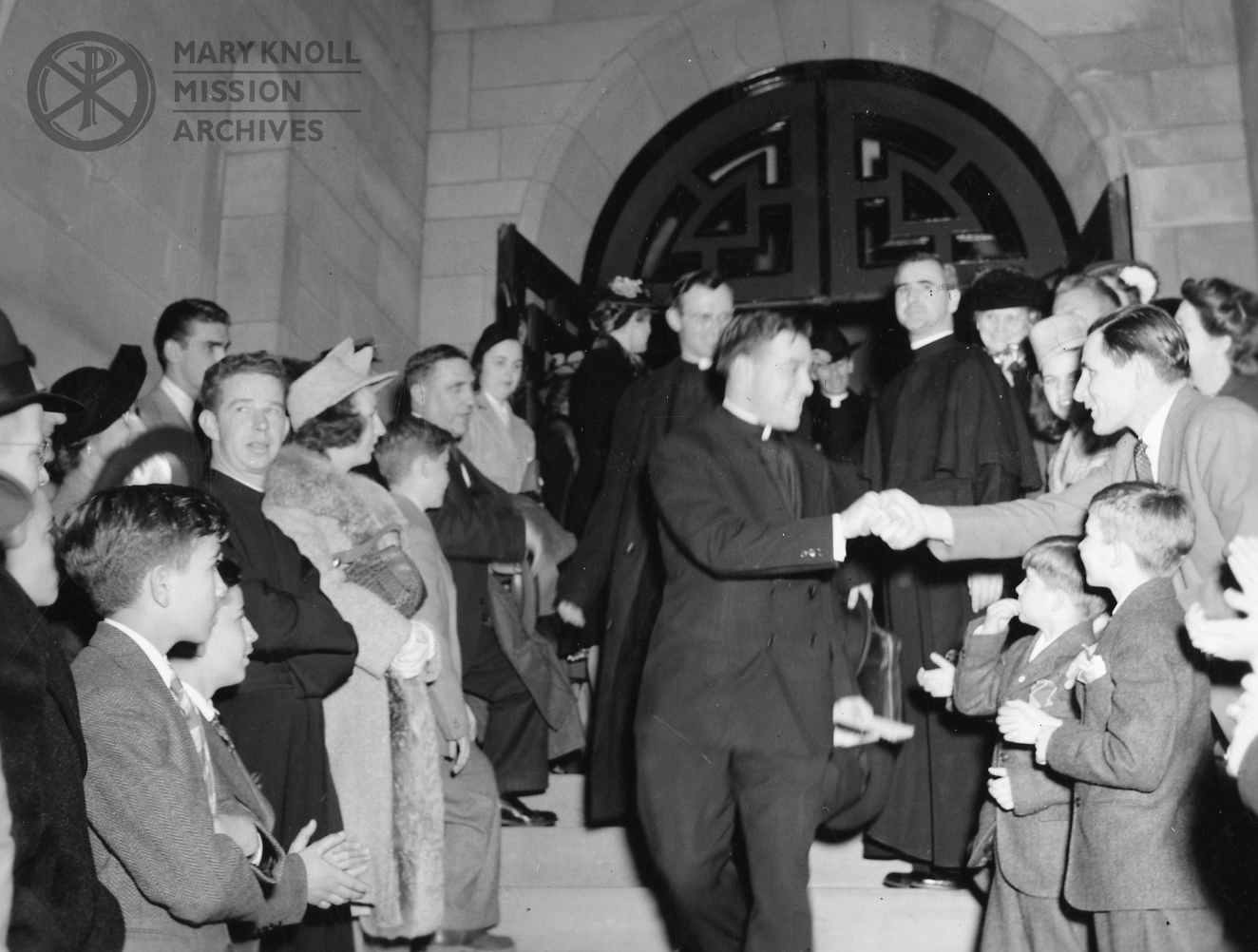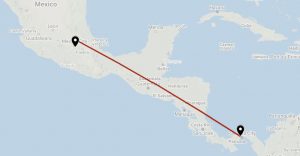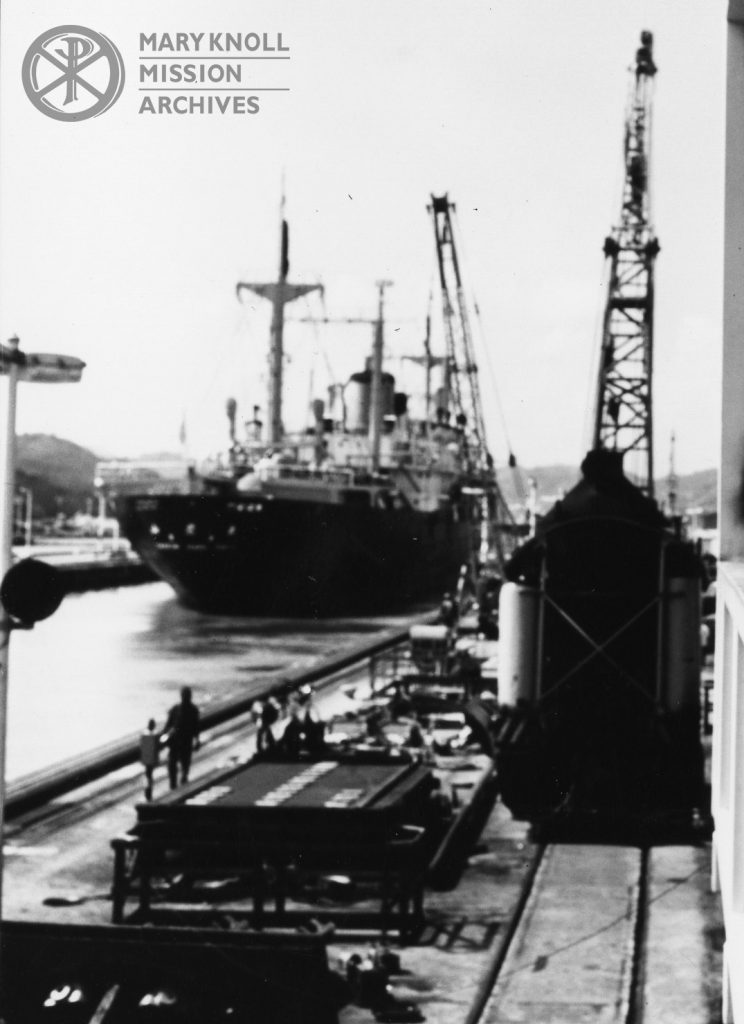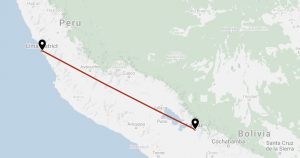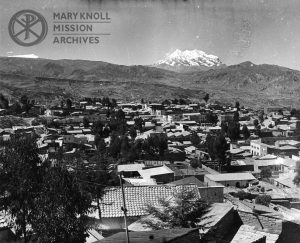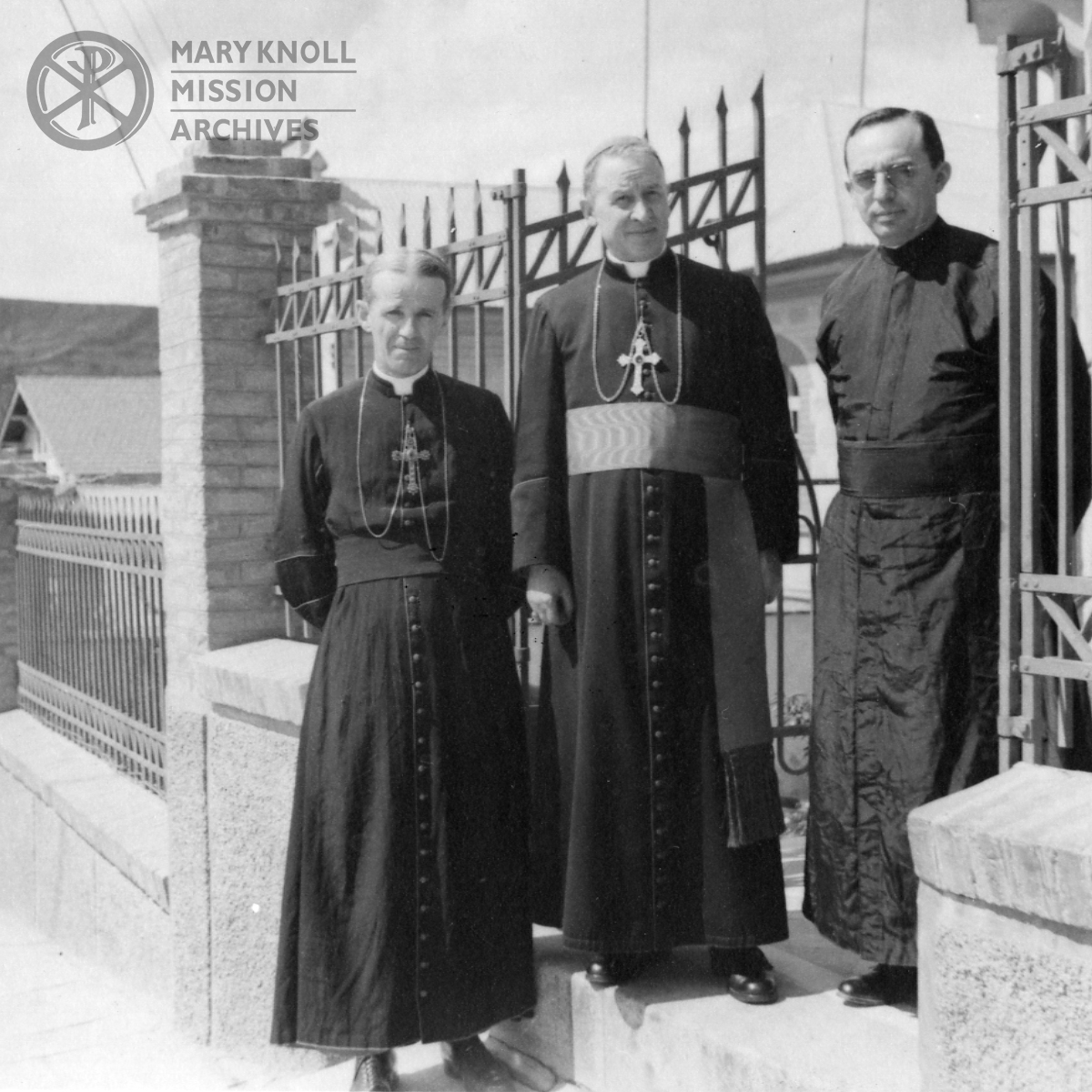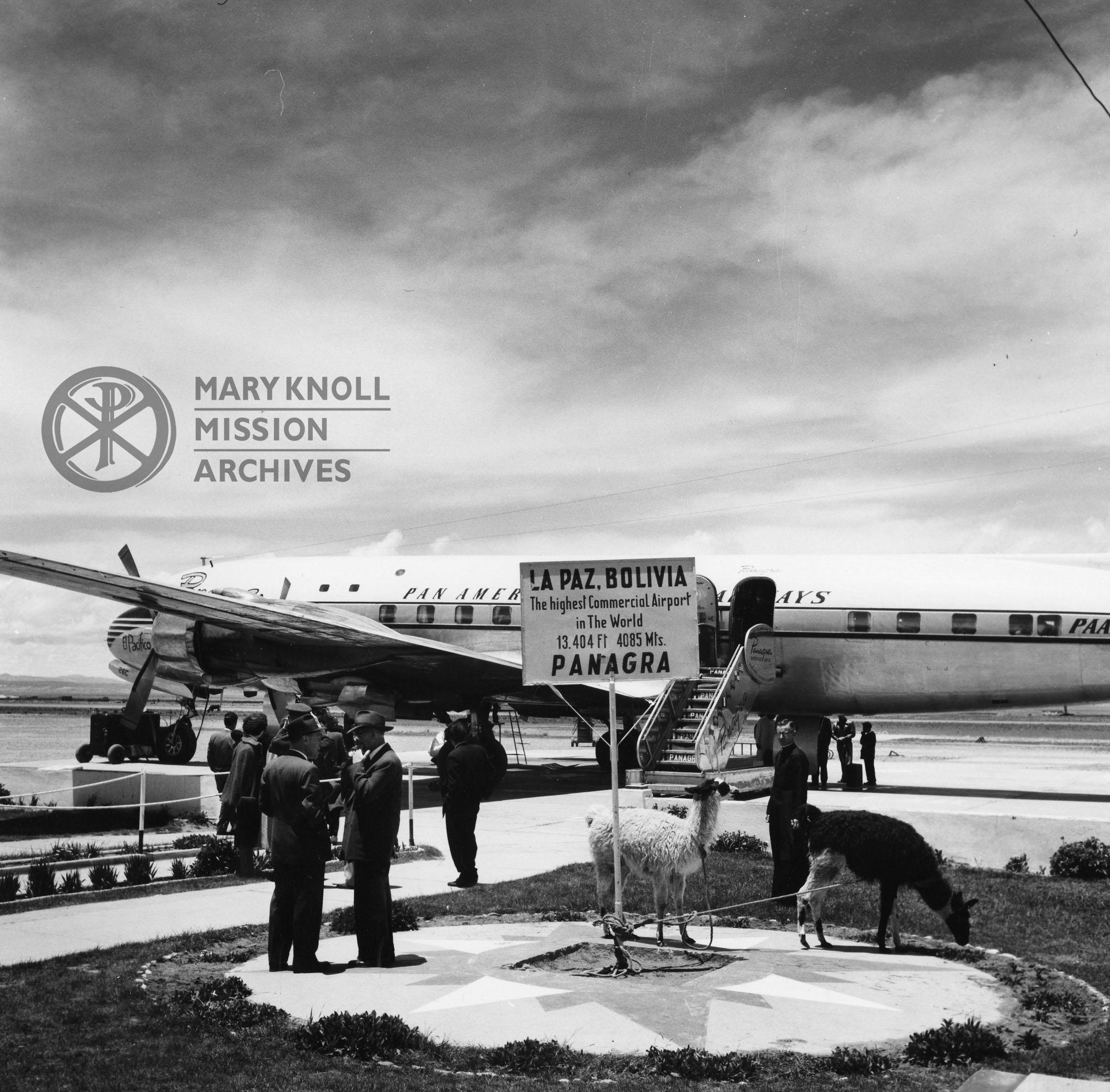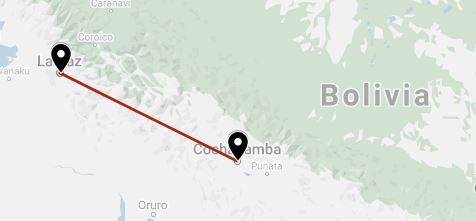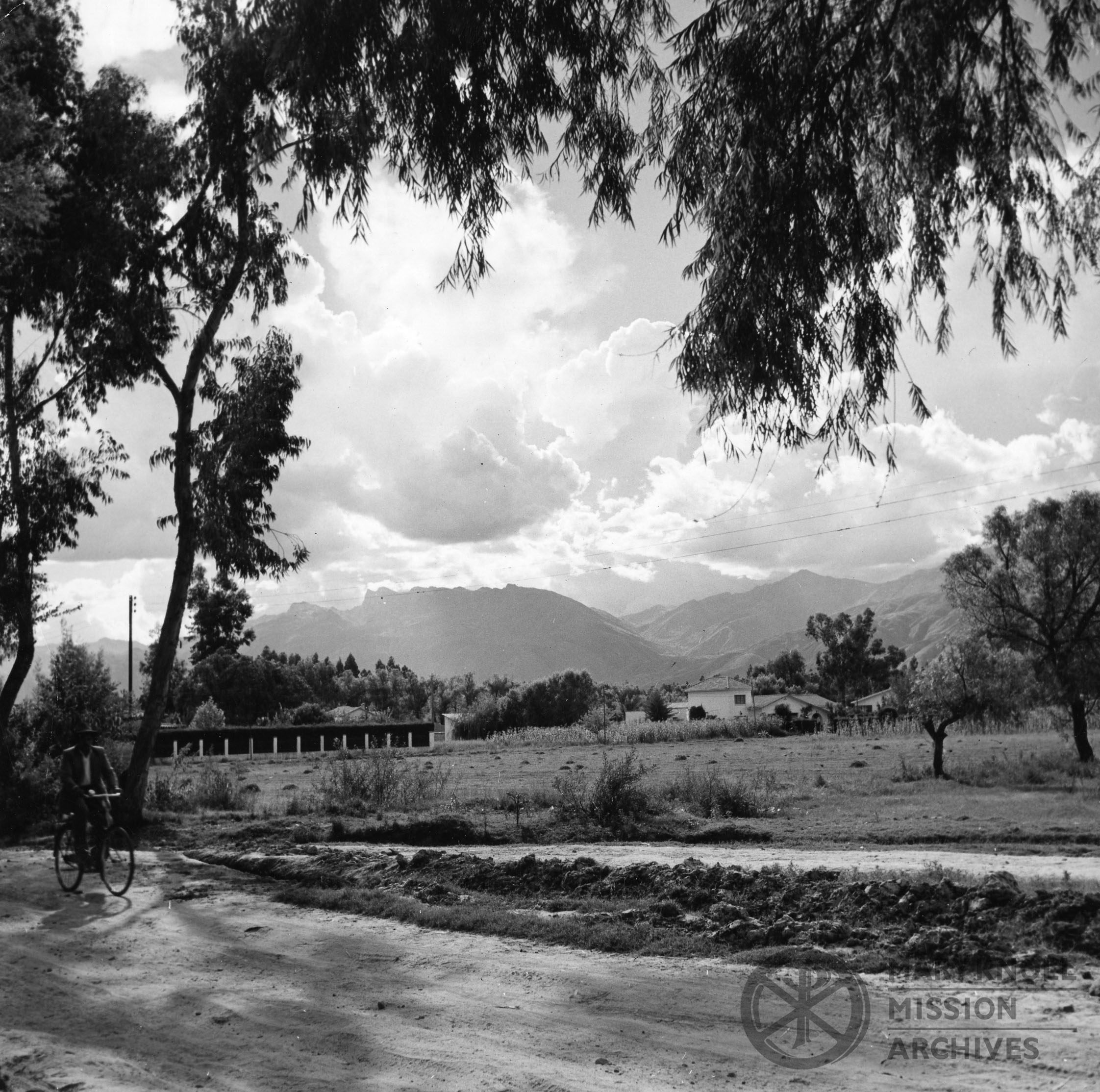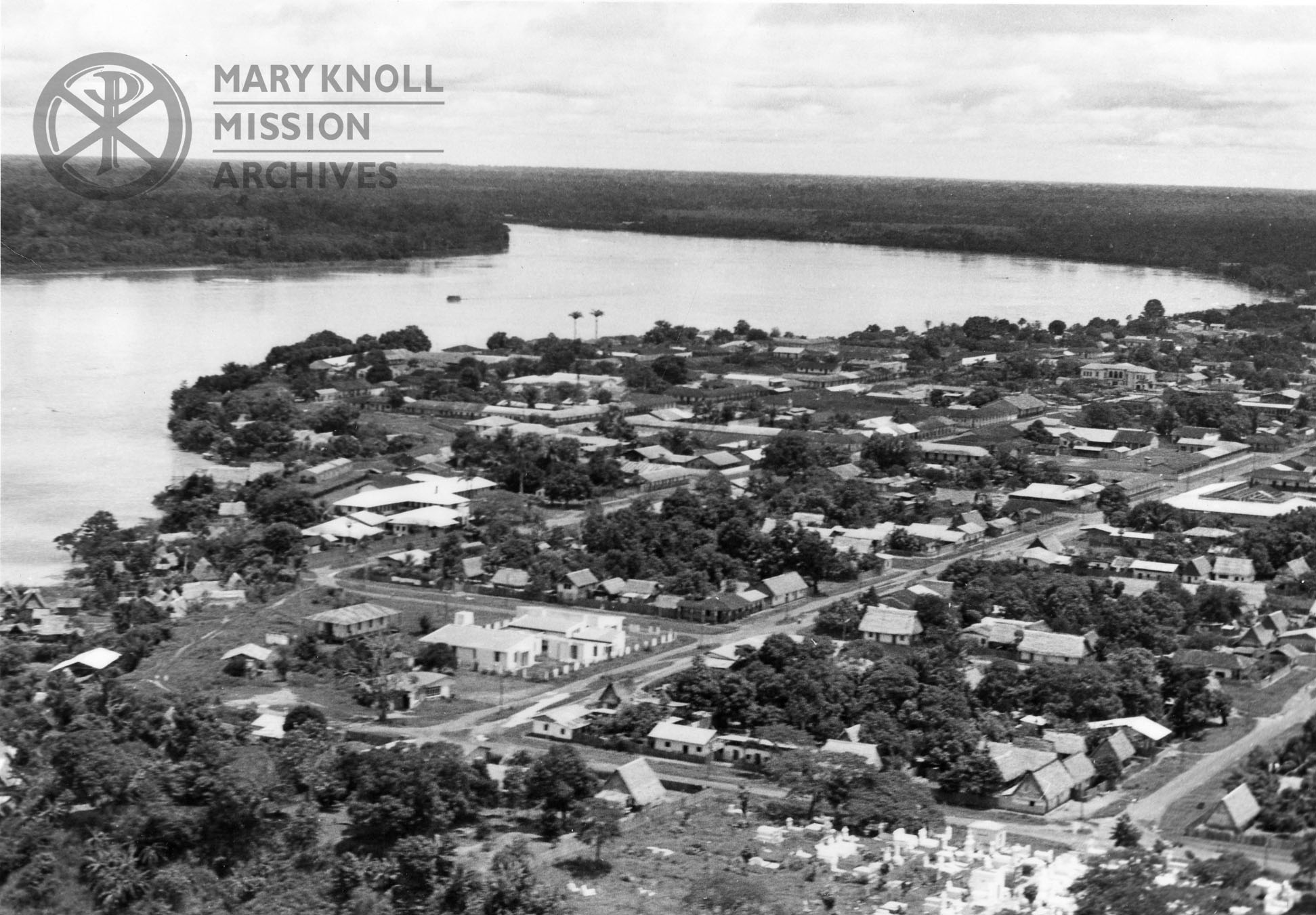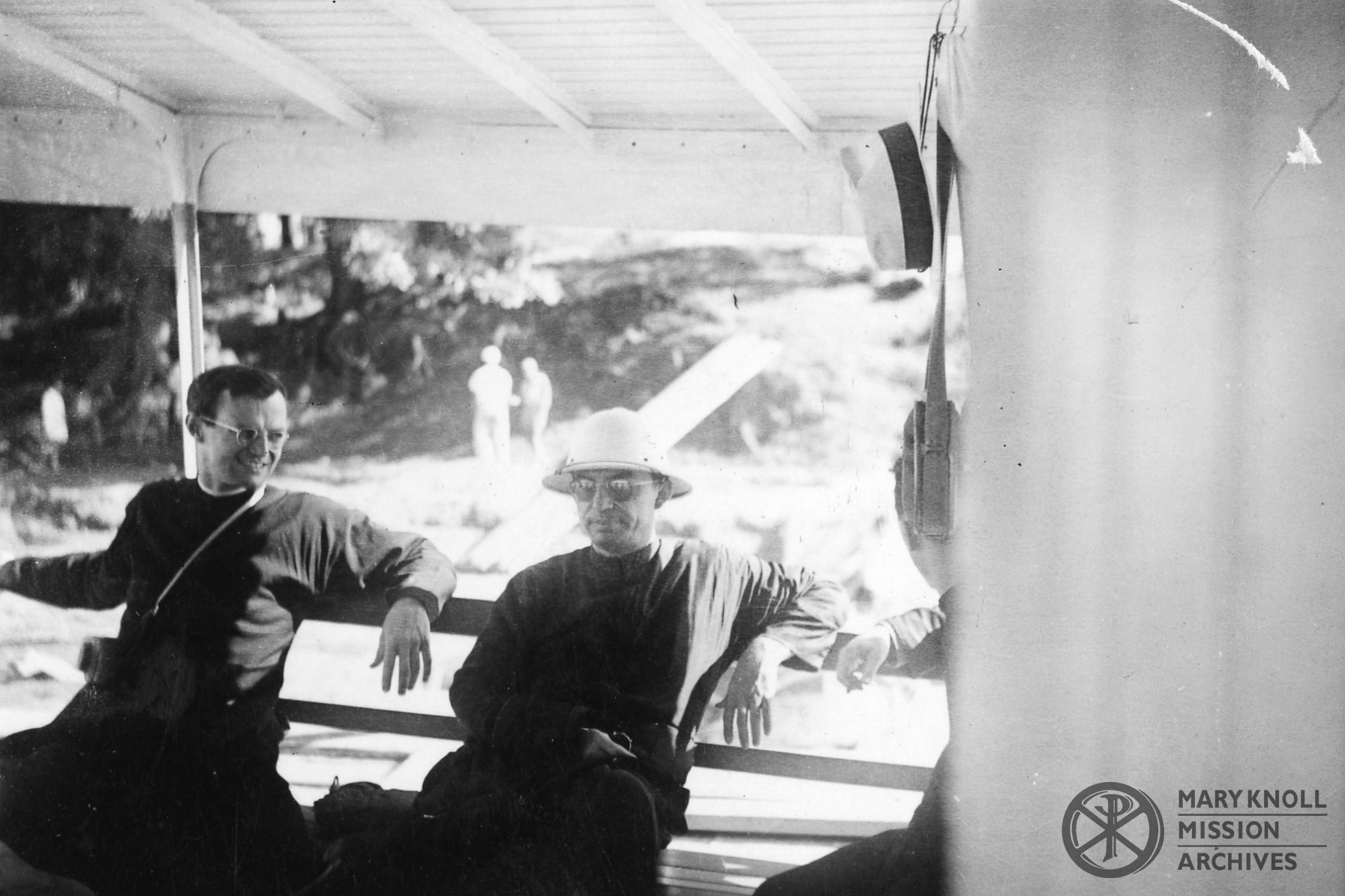With the onset of World War II in 1939, which caused many Maryknollers to be forced out of their mission locations in Asia, the Maryknoll Fathers and Brothers needed to find new missions in other places in the world that were free of conflict. So, the Society turned its eyes towards the south and Latin America – beginning mission there in 1942. Here is the story of how those first Maryknoll priests, Bishop James E. Walsh, Father Alonso Escalante, Father Thomas Danehy, and Father Raymond Bonner (Fr. Bonner would eventually leave the Society in 1973) made their way from Society headquarters in New York all the way down to Bolivia. Using the diary of Bishop James E. Walsh, 100 years later we can trace his and his companions’ footsteps.
Bolivia is the place chosen by the Holy See for Maryknoll to make its first bow in the southern hemisphere, and the departure for the first group assigned to the new mission took place in the Seminary chapel at 3:00 o’clock in the afternoon. A large crowd attended, with the Archbishop of New York stealing time from one his busiest days to come and preside…Father Escalante, Superior of the new Mission, Fathers Bonner and Danehy and I went to Harmon to catch a night train to St. Louis…
Our train crossed the Rio Grande this evening at Laredo, Texas, ushering us into Mexico. Tempo of life seemed to slow down almost immediately.
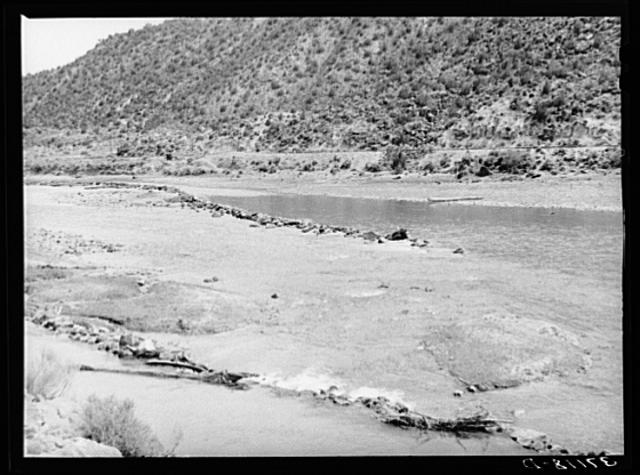
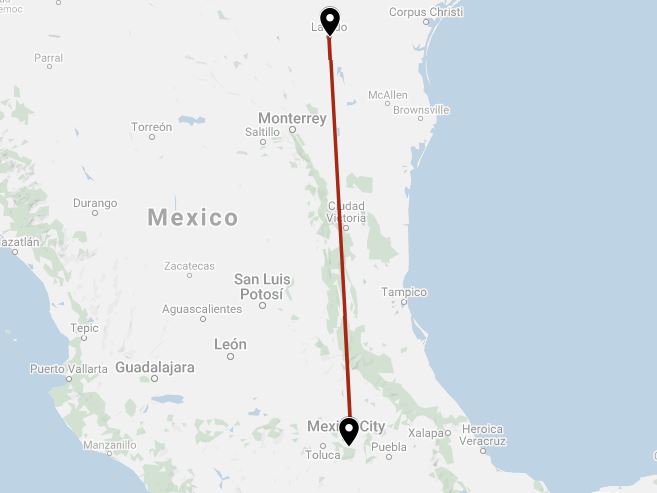
Days 6-16 – April 10-20, 1942, Mexico City
The four missioners spent a lot of time in Mexico meeting with various church officials, political officials, sight-seeing. According to the diary of Bishop Walsh some of that time was spent doing the following: April 11 – “Visit to President of Mexico, Manuel Avila Camacho, coffee at Sanborn’s” April 13 – “Father Escalante and I took plane to Merida, Yucatan, arriving in four hours to find ourselves at sea level in tropical heat.” April 15 – “Plane back to Mexico City”
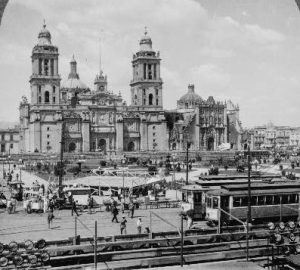
We flew at 18,000 feet on this trip…Arrive in La Paz at 11:30… The city lies in a plateau-like bowl surrounded on all sides by the bare peaks of the towering Andes, with scarcely a tree or a bit of green in sight anywhere.
In the high, dry, and dusty air of the city’s 12,000 feet altitude…[we] were advised to make haste slowly for the first three or four days…eating, drinking, and sleeping plenty. All of which we did, especially the latter.
Days 27-55 – May 1942
Father Escalante and Bishop Walsh took a “tour” of South America – visiting church officials, government officials, local Americans, sight-seeing, etc. “It took just three weeks to make this circuit of La Paz – Rio de Janeiro – Buenos Aires – Montevideo – Santiago – La Paz, but it was well worth the time and money, showed us the high spots of South America, charmed us with the universal courtesy of the people, consoled us with the Catholic spirit and atmosphere everywhere prevalent, edified us with the zeal and goodness of the clergy, and intoxicated us with the potentialities for mission work and Catholic resurgence.”
At the airport found Fathers Bonner and Danehy waiting for us, apparently well acclimated to La Paz and already full of Spanish words and sentences.
Train at 8:00 A.M. to Cochabamba, the Jesuit Fathers and Brothers accompanying us to the [train] station to see us off…[We] enjoyed the leisurely trip winding through the bare hills of the Altiplano and coasting down to the green levels of Cochabamba. Arriving 9:30 P.M. we find ourselves from to 8,000 feet where the climate is comparatively mild and springlike, a grateful change from the sharp cold, shortness of breath, and slight nervous tension of life in La Paz.
Took a plane from Cochabamba to Trinidad, along the Beni River…Early morning plane took us to Santa Ana, where in turning for the take-off it slipped into a rut of soft ground on the soggy airfield, refused to budge. Spent entire day lounging on the airfield, watching Captain Speer improvise various means to get plane moving, to no avail. Slipping planks under the wheels occasioned two accidents when the wood was splintered and flew in all directions…Finally we gave it up for the day, rode horses into Santa Ana…
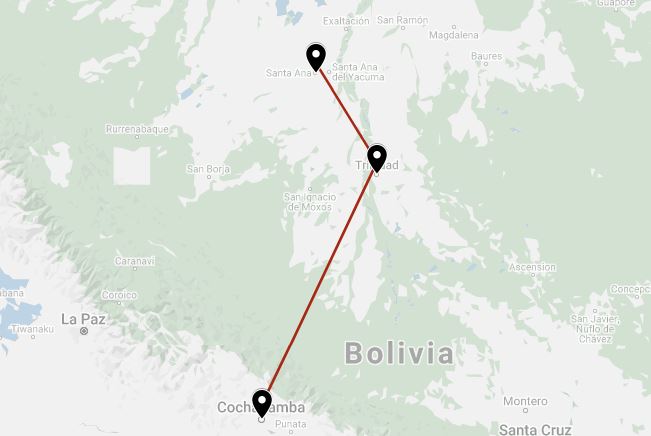
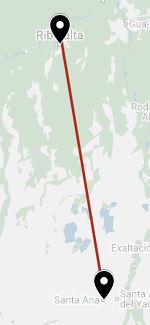
Tedious day of waiting in Santa Ana while our pilot was hiring all the oxen in sight to pull his plane out of the mud. After trying all day, this operation finally succeeded when twenty eight oxen has been pressed into service..
[Left Santa Ana at 7AM and] around 9:30 or so we reach our own Riberalta, to be given a very warm and touching welcome by the people. Hundreds were at the airport to greet us…The tumult was over, we surveyed our domain, found everything divine…
Monsignor Escalante announced the appointment of Father Bonner as Vicar Delegate and Pro-Administrator, Father Danehy as Chancellor and Mission Procurator. Today brings the weekly passenger plane, and in turn brings the outside world, the mail, and a little flutter of excitement to our small municipality. It will take Father Bonner to Cobija to begin his work there…
2021 will see the Maryknoll Fathers and Brothers celebrate 79 years of mission in Latin America. In addition to mission in Bolivia, Maryknoll expanded into Chile (1943), Ecuador (1943), Guatemala (1943), Mexico (1943), Peru (1943), El Salvador (1959), Colombia (1960), Venezuela (1965), Nicaragua (1972), Brazil (1975), Costa Rica (1981), Honduras (1981), and Argentina (1993).

